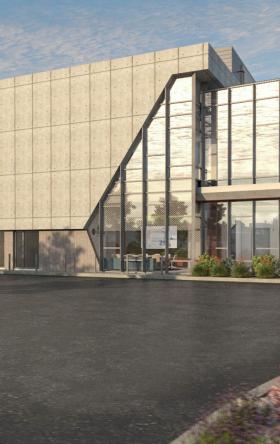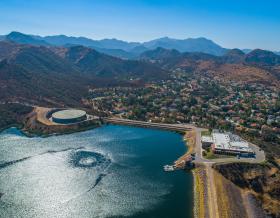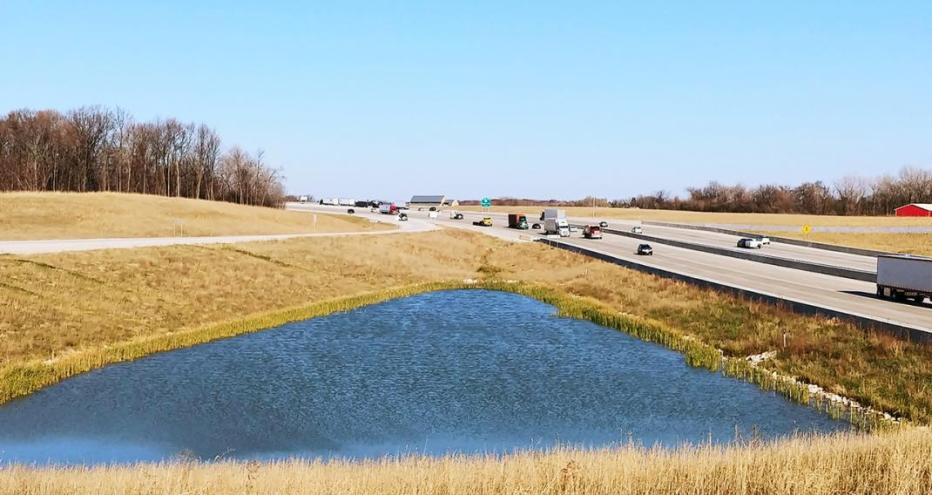
I-94 is a major freeway across the northern U.S. and is the main travel corridor between Milwaukee and Chicago for commuters, commerce, tourists and freight. I-94 serves as the main north-south stem for a network of east-west state, county and local roads. Rebuilding the I-94 corridor supports current and future economic growth in the Kenosha, Racine, and Milwaukee County area and throughout Wisconsin and beyond.
Comprised of several individual projects each contracted and designed separately by multiple consultants, these individual projects were then combined into three segments – South, Central and North. The segments, built by separate contractors, make up the overall corridor. The three I-94 North-South packages had a combined let amount of $410.5 million, and the final construction cost was under the let amount. In late June of 2020, WisDOT celebrated the opening with a virtual ribbon cutting. And in August 2020, the project received special commendation from Wisconsin Governor Tony Evers, WisDOT Secretary-Designee Craig Thompson and FHWA Wisconsin Division Administrator Glenn Fulkerson.
In addition to performing an environmental re-evaluation of the corridor and producing geotechnical reports for many of the structures, Jacobs led the design of the County Trunk Highway (CTH) E Interchange in Kenosha County and the Elm Road Interchange in Milwaukee County.
I-94 North-South Project Complete!

-
No. 6
on Roads & Bridges 2020 Top 10 Roads
-
1
less year of construction due to streamlined construction staging
“One doesn’t often find projects that challenge one’s ability to equitably manage time, resources, and quality within a tight schedule window quite like this one did. All involved did an excellent job staying true to timely partnering and keeping in alignment with the high-level goals our customers expect for this lengthy and busy corridor. A challenging, yet highly successful construction endeavor like this makes typical projects seem like a walk in the park.”
-
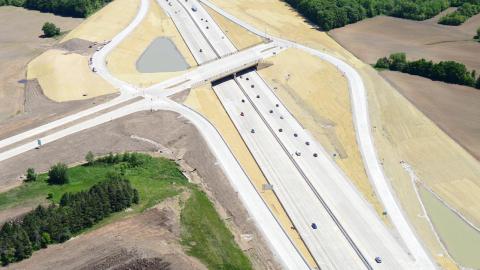
Photo courtesy of Wisconsin Department of Transportation
-
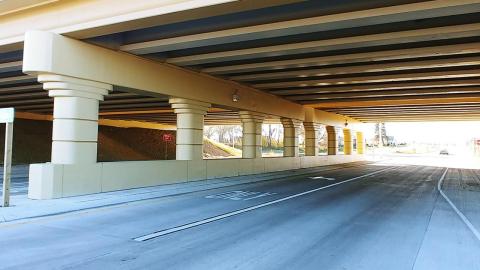
-
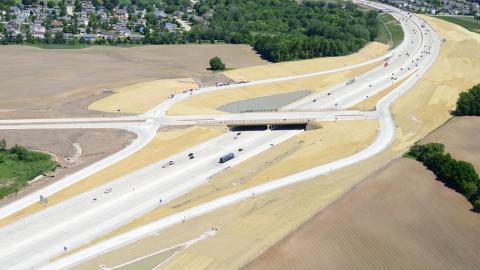
Photo courtesy of Wisconsin Department of Transportation
-
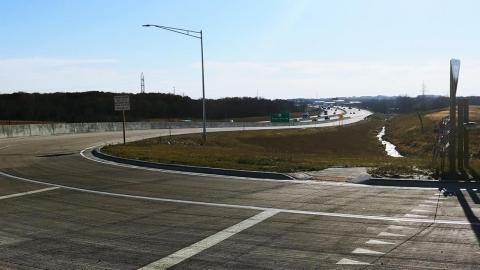
-
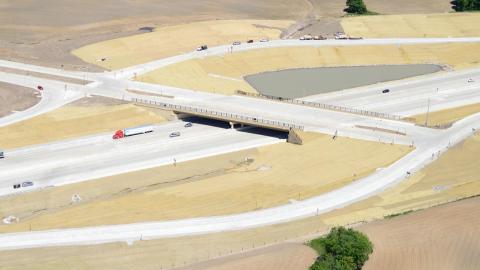
Photo courtesy of Wisconsin Department of Transportation
As major new business developments along the I-94 North-South corridor, including an Amazon warehouse and distribution facility, Uline corporate headquarters, Northwestern Mutual campus and Foxconn Technology Group’s proposed 2,700-acre manufacturing campus came to reality, the Wisconsin Department of Transportation (WisDOT) implemented an Infrastructure for Rebuilding America (INFRA) grant to complete the construction of the I-94 corridor from Milwaukee to the Illinois border. The I-94 design team navigated numerous challenges to redesign outdated plans and let three main construction contracts in an extremely aggressive timeframe.
CTH E Interchange, Kenosha County, WI (South Segment)
The profile of the mainline was significantly altered to provide better sight distance in the crest vertical curve over the CTH E crossroad. CTH E was significantly lowered under IH 94 to improve the substandard existing vertical clearance. 119th Court was added to continue to allow access to the existing businesses to avoid relocation.
The drainage and storm sewer were designed to separate the drainage that was passing through the project (west to east) from the roadway runoff. The runoff was treated by passing it through three detention ponds. The drainage passing through the project did not require additional treatment which kept costs lower thanks to smaller pond sizes and less land acquisition.
Cost effective aesthetic treatments were used on the bridge piers and wing walls and the retaining wall to enhance the look of the interchange and corridor.
Elm Road Interchange, Milwaukee County, WI (North Segment)
In the north segment, the Elm Road Interchange is a new, full diamond interchange that replaces the half interchange (to the south) that was removed at 27th Street. The existing freeway was split with a wide grass median and the new NB and SB roadways were brought together for a more efficient design separated by concrete barriers.
Adding a new interchange required a significant amount of earthwork to construct the new ramps and crossroad, but the majority of the new interchange was designed outside of any existing roadways. This allowed the interchange to be built very quickly due to less traffic impacts during construction.


